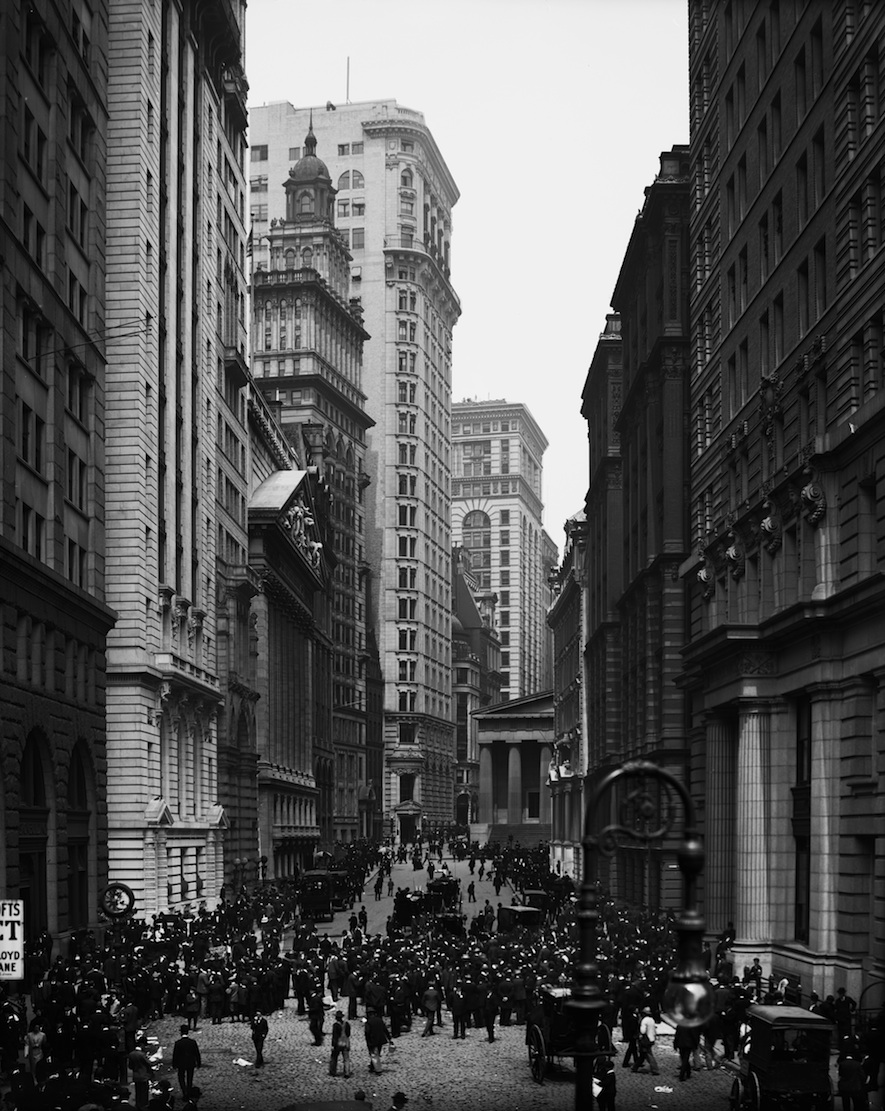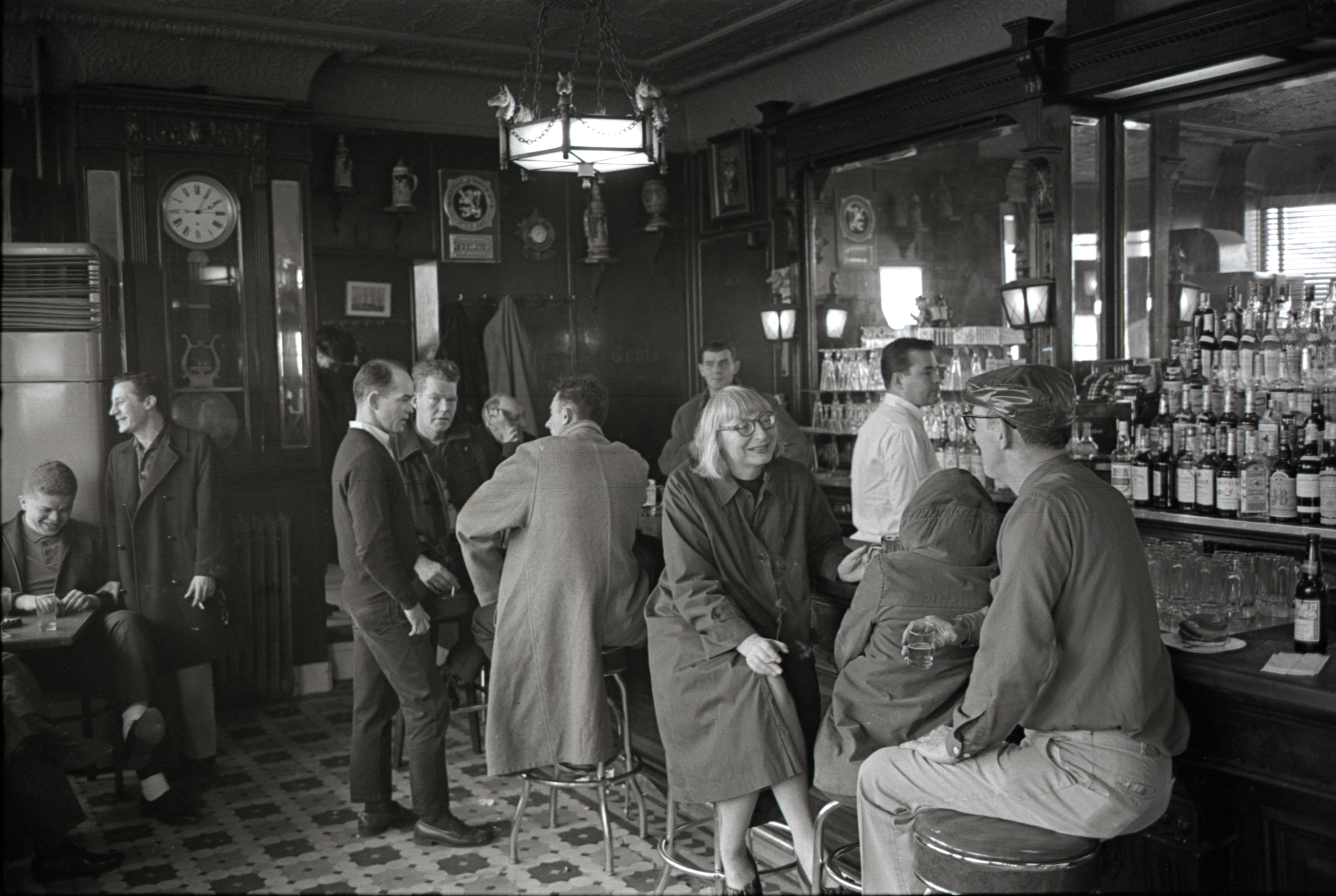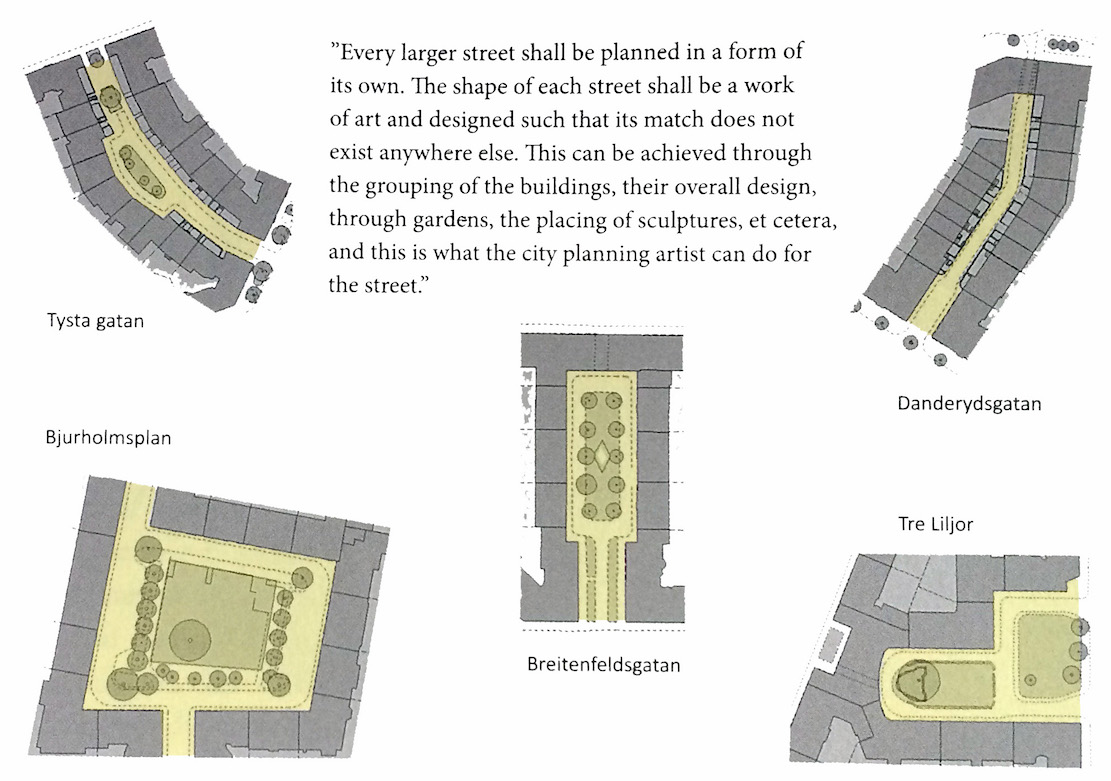Today is the fifth Anniversary of Occupy Wall Street. For some thoughts about that, click here.

THE BROAD crossroads where Wall Street and Broad Street come together is a beautiful space, fully the equal of medieval European plazas. Today, post-911, it’s closed to almost all traffic, because the New York Stock Exchange sits at the southwest corner of the intersection. A few weeks ago, it was the symbolic center of the NYC DOT’s Shared Streets Lower Manhattan, when one Saturday afternoon 60 blocks were designated “shared spaces,” where “Pedestrians, cyclists, and motor vehicles will share the historic streets of Lower Manhattan and motorists [were] encouraged to drive 5 mph.”
When Americans talk about shared space, someone will often say, “We’re not Amsterdam.” Well, parts of Nieuw Amsterdam / New York City make a good place to start shared space experiments. Eighty per cent of Manhattan residents don’t own a car, and only twenty per cent of Manhattan workers commute to work by private car. Then add the fact that many streets in the Financial District have restricted access: some streets are only open to residents or workers employed on the street; while other streets have tank barricades and are only open to emergency and delivery vehicles.
In the real Amsterdam, 85% of the streets today have s speed limit of 30 kilometers per hour (18.6 mph), and the other 15% have a top speed of 50 kph (31 mph). On the slower streets, pedestrian and cyclist have as much right to the street as cars and trucks, and may be anywhere on the street at any time. All of the detritus of traffic engineering—bold stripes and arrows painted on the pavement, large signs, colored bus lanes, and the like—is missing, and at the intersections, there are no stop lights, stop signs, yield signs, or crosswalks. Motor vehicles must be driven at a speed that successfully allows cars and trucks to stop for pedestrians and cyclists in the intersection.
That is “Shared Space.” That is the spirit behind the experiment the DOT tried out on Saturday, August 13, and what it hopes to try again in the future. I hope they will and therefore I make Broad Street my Street of the Day. Some of the my notes on that continue below. Continue reading →









